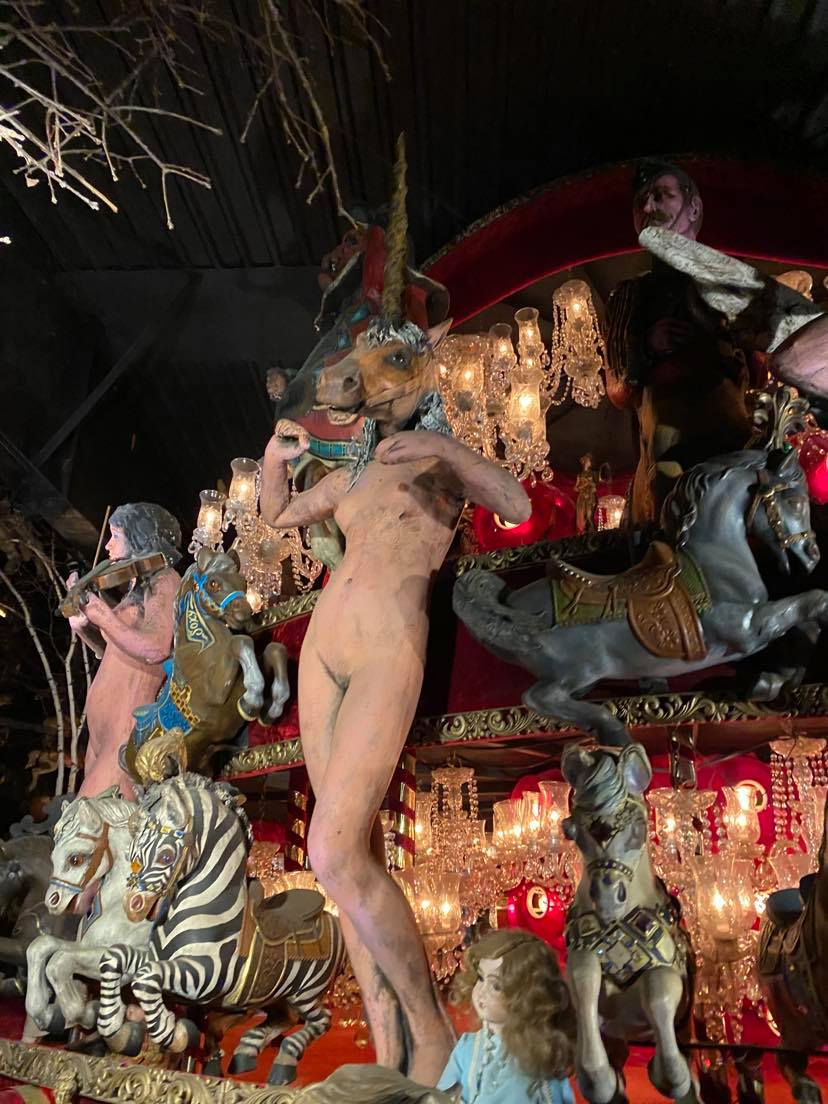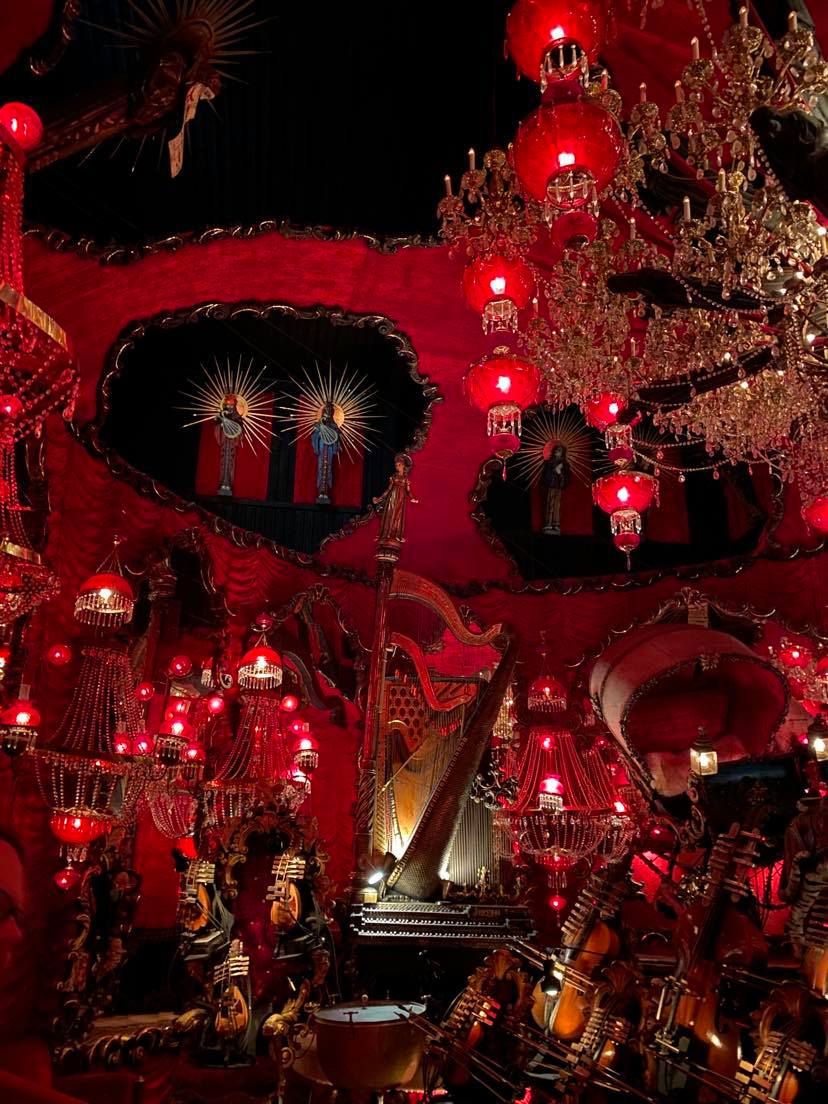- Ben Hellman

- Jul 14, 2021

A summer hare enjoying clover in my yard in southern New Hampshire. (Photo by author.)
Summer has been here for a couple of weeks now and my wife and I have had a blessed break from the Massachusetts school systems we work in. We had our first long-distance trip since the pandemic and are measuring the days of July carefully lest we find ourselves bombarded with the back-to-school advertisements all teachers loath (and which seem to strike earlier each year!)
It has been a full year of New England Bard and this blog. I meant to produce a piece every other week and I did so dutifully, sometimes running a bit late, but then sometimes turning out something extra. The most enjoyable thing about having this blog is that I get to learn things about myth, folklore, culture and history and have the added pleasure of figuring out how to share those things. It’s exciting and fun and even more enjoyable when an article I write catches people’s attention.
The biggest surprise has been the number of scholars and artists have graciously allowed me to interview them, and this has emboldened me to reach out more frequently. A well-researched article is its own reward. I hope to continue to interact with experts as I learn more about the fields of folklore and mythology. I also hope to continue to learn more about world myth and folklore to share. My topics are very Euro-centric, and although I love the cultural treasure trove I grew up with, I’ve loved encountering new stories. I hope to do some reading and research of African and South American folklore in the coming year as well as continue my reading adventure further into Asia.
At the moment I am reading different versions of folktales native to New Hampshire, where I live and write. I am also corresponding with experts to come to a better understanding of the culture and history of the Abenaki peoples who ranged throughout New England, parts of New York and Quebec. I wrote a piece called “Discovering the Dawnland” last fall and when I shared it with tribal elders in New Hampshire, they called out a few of my claims. I took these claims from authors of Abenaki heritage, but it is important to me to understand the critiques of living people in the living culture and to produce a new piece with my refined understanding. This may be my next post, but I have several others in the works and would like to take the summer a bit slower for what I think of as enterprise stories, articles that benefit from more research and additional sources.
I have been “gathering string” for four other stories for a few months now. One of them is about three Massachusetts women who took on legendary status for acts of violence that people do not usually associate with women. Another story is about the origins or purposes of folktales about the bones of murder victims singing or being turned into instruments. I am also looking at horses in folklore and trying to do something with the etymology of words related to the word goblin.
Almost ready for Primetime?

Me rehearsing one of the songs I will record this summer.
The other parts of the New England Bard site have languished for a while, partially for want of time, partially because of the pandemic. I’ve been working steadily on learning songs to sing with my lyre, but the lack of public performance for a year has made it harder to motivate myself to bring them to a level where I feel comfortable recording them for an audience other than friends on social media. I hope to have some kind of performance material to add to the website in 2021. The Widsith Project, my long term work to illustrate stories from the Old English poem “Widsith,” is sitting in my workshop waiting for me to gather the steam to finish constructing the rudiments of a mead hall to photograph the Frisian attack on Queen Hildeburh’s visiting family, a story told in Beowulf and in a separate fragment text. I expect to complete these shots of the Fight at Finnsburg this month and to be able to post an update.
My plans for the sort of output for this blog this summer are a bit in flux. I plan to post every couple of weeks, but I would also like to take the time to develop my more complicated articles. I anticipate a busier school year with a return to a more normal schedule and I would like to get ahead to keep production on schedule through the school year. July and August may see more notebook style posts unless I run into a story that is more about the summer season or that strikes me as time-sensitive. Another possibility is that I share a bit more about the excitement of my yard, which is alive with rabbits and chipmunks and a variety of birds and other critters.
Thank you to anyone who has followed this blog this year. It’s been a pleasure and I look forward to another year of researching, learning and writing!














